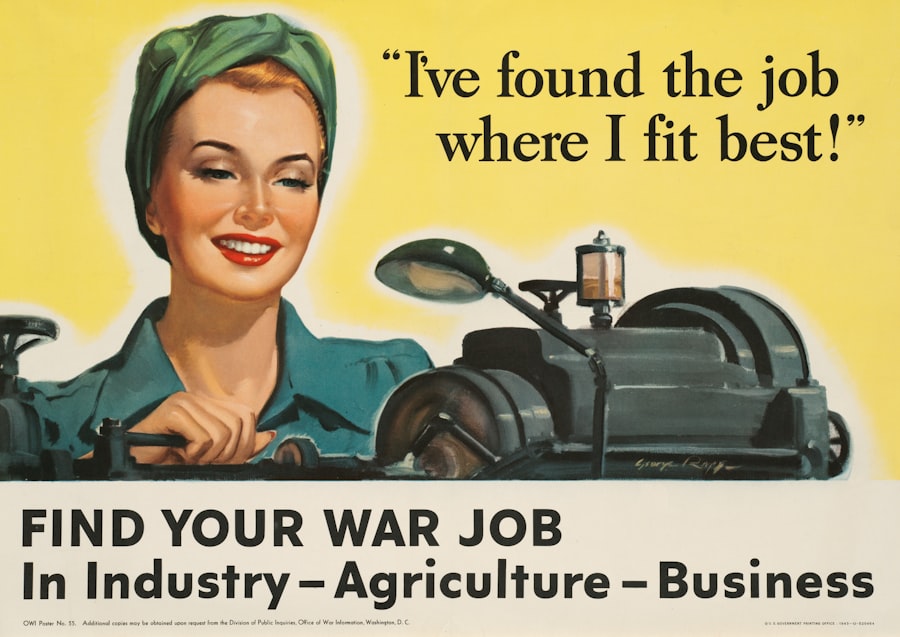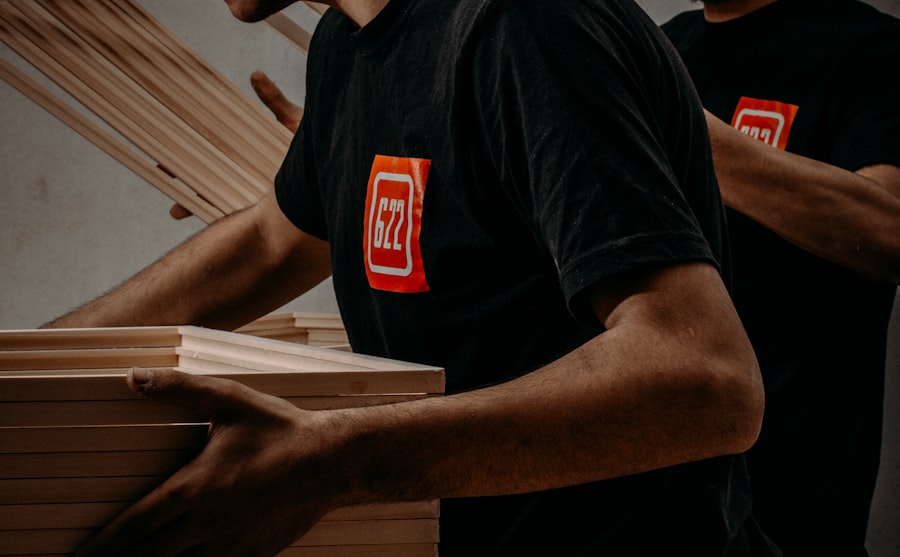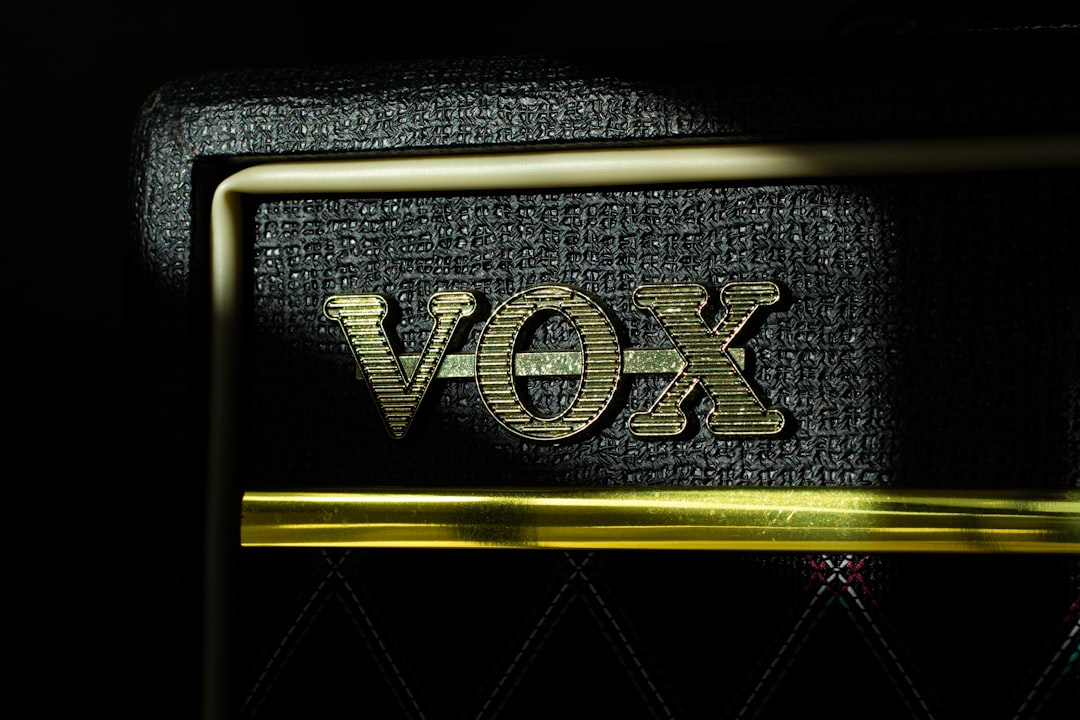As you delve into the world of visual effects (VFX), you may find yourself captivated by the seamless integration of technology and artistry. The advent of artificial intelligence (AI) has revolutionized this field, transforming how artists and technicians create stunning visuals for films, video games, and advertisements. AI’s ability to analyze vast amounts of data and automate complex processes has opened new avenues for creativity, allowing you to push the boundaries of what is possible in visual storytelling.
This article will explore the multifaceted impact of AI on VFX, examining its advantages, disadvantages, and the evolving landscape of job opportunities. In recent years, the integration of AI into VFX workflows has become increasingly prevalent. From automating tedious tasks to enhancing creative processes, AI tools are reshaping the industry.
As you navigate this dynamic environment, it is essential to understand both the potential benefits and challenges that AI presents. By examining the current state of AI technology in VFX and its implications for the job market, you can better prepare yourself for a future where human creativity and machine intelligence coexist.
Key Takeaways
- AI is revolutionizing the VFX industry by automating repetitive tasks and enhancing creative capabilities.
- AI is expected to impact VFX jobs by automating certain tasks, but it also creates new opportunities for skilled professionals.
- Advantages of AI in VFX include increased efficiency, cost-effectiveness, and the ability to tackle complex visual effects.
- Disadvantages of AI in VFX may include job displacement, potential loss of artistic control, and ethical concerns.
- Current AI technology in VFX includes machine learning, deep learning, and neural networks, which are used for tasks like image recognition and rendering.
The Impact of AI on VFX Jobs
As you consider a career in VFX, it’s crucial to recognize how AI is influencing job roles within the industry. While some may fear that AI will replace human artists, the reality is more nuanced. AI is not merely a replacement for human talent; rather, it serves as a powerful tool that can enhance your capabilities.
For instance, AI can automate repetitive tasks such as rotoscoping or tracking, allowing you to focus on more creative aspects of your work. This shift can lead to increased efficiency and productivity, enabling you to produce higher-quality work in less time. However, the rise of AI in VFX also raises concerns about job displacement.
As studios adopt AI-driven solutions, certain entry-level positions may become less prevalent. You might find that roles traditionally filled by junior artists are being automated, leading to a more competitive job market. Nevertheless, this evolution also creates new opportunities for skilled professionals who can leverage AI tools effectively.
By embracing these technologies and adapting your skill set, you can position yourself as an invaluable asset in an industry that is constantly evolving.
Advantages of AI in VFX

The advantages of incorporating AI into VFX workflows are numerous and compelling. One significant benefit is the ability to streamline production processes. With AI algorithms capable of analyzing footage and generating effects in real-time, you can significantly reduce the time spent on labor-intensive tasks.
This efficiency not only accelerates project timelines but also allows for greater experimentation and iteration during the creative process. As a result, you may find yourself with more opportunities to explore innovative ideas and push the boundaries of your artistic vision. Moreover, AI can enhance the quality of visual effects by providing advanced tools for image enhancement and manipulation.
For instance, machine learning algorithms can analyze existing footage to generate realistic textures or simulate complex physical phenomena like smoke or fire. This capability enables you to achieve stunning results that were once time-consuming or technically challenging. By harnessing the power of AI, you can elevate your work to new heights and create visuals that captivate audiences in ways previously thought impossible.
Disadvantages of AI in VFX
| Disadvantages of AI in VFX |
|---|
| 1. Lack of Creativity: AI may not be able to replicate the creative intuition and artistic vision of human VFX artists. |
| 2. Cost of Implementation: Implementing AI technology in VFX production can be expensive, especially for smaller studios. |
| 3. Job Displacement: There is a concern that AI in VFX may lead to job displacement for human artists and technicians. |
| 4. Ethical Concerns: AI technology raises ethical concerns related to privacy, data security, and potential misuse of the technology. |
| 5. Technical Limitations: AI may have limitations in handling complex VFX tasks that require human problem-solving skills and intuition. |
Despite its many advantages, the integration of AI into VFX also presents several challenges that you should be aware of. One primary concern is the potential loss of artistic nuance and human touch in visual effects. While AI can generate impressive results, it often lacks the emotional depth and creativity that only a human artist can provide.
As you navigate this landscape, it is essential to strike a balance between leveraging AI’s capabilities and maintaining your unique artistic voice. Additionally, there are ethical considerations surrounding the use of AI in VFX. The reliance on algorithms raises questions about authorship and ownership of creative works.
As you create stunning visuals with the assistance of AI tools, it becomes increasingly important to consider who holds the rights to those creations. This complexity can lead to legal disputes and challenges within the industry, making it crucial for you to stay informed about evolving regulations and best practices.
Current AI Technology in VFX
As you explore the current landscape of AI technology in VFX, you’ll discover a range of innovative tools that are reshaping the industry. One notable example is deep learning algorithms used for image recognition and segmentation. These algorithms can analyze footage frame by frame, identifying objects and elements within a scene with remarkable accuracy.
Another exciting development is the use of generative adversarial networks (GANs) in VFX production. GANs enable machines to create new images based on existing data sets, allowing for the generation of realistic textures or even entirely new visual elements.
As you experiment with these technologies, you’ll find that they can significantly enhance your creative toolkit, enabling you to produce visually stunning effects that captivate audiences.
Job Market Trends in VFX

As you consider your future in the VFX industry, it’s essential to stay informed about current job market trends influenced by AI technology. While some traditional roles may decline due to automation, new opportunities are emerging that require a blend of artistic talent and technical proficiency with AI tools. For instance, positions focused on AI-driven content creation or data analysis are becoming increasingly relevant as studios seek professionals who can harness these technologies effectively.
Moreover, as studios continue to adopt AI solutions, there is a growing demand for individuals who can bridge the gap between artistry and technology. You may find that roles such as VFX supervisors or technical directors are evolving to include responsibilities related to AI implementation and oversight. By developing a strong understanding of both creative principles and technical skills related to AI, you can position yourself as a sought-after candidate in this competitive job market.
The Role of Creativity in VFX
In an industry increasingly influenced by technology, the role of creativity remains paramount. While AI can automate certain tasks and enhance production efficiency, it cannot replicate the unique vision and emotional depth that you bring as an artist. Your ability to conceptualize ideas, tell compelling stories, and evoke emotions through visuals is what sets you apart from machines.
As you navigate the evolving landscape of VFX, it is essential to prioritize your creative instincts while embracing technological advancements. Furthermore, collaboration between human artists and AI can lead to exciting new possibilities in visual storytelling. By leveraging AI tools as creative partners rather than replacements, you can explore innovative approaches to your work.
This synergy between human creativity and machine intelligence has the potential to unlock new dimensions in VFX production, allowing you to create experiences that resonate deeply with audiences.
The Future of VFX Jobs in the Age of AI
Looking ahead, the future of VFX jobs in an age dominated by AI is both promising and uncertain. While some traditional roles may diminish due to automation, new opportunities will arise for those who adapt to changing technologies. As studios increasingly seek professionals who can navigate both artistic and technical realms, your ability to embrace AI tools will be crucial for career advancement.
Moreover, as the demand for high-quality visual content continues to grow across various platforms—such as streaming services, video games, and virtual reality—there will be an ongoing need for skilled VFX artists who can harness AI effectively. By staying informed about industry trends and continuously developing your skills, you can position yourself at the forefront of this evolving landscape.
Skills and Training for VFX Professionals
To thrive in the ever-changing world of VFX influenced by AI technology, it is essential to cultivate a diverse skill set that combines artistic talent with technical proficiency. Familiarizing yourself with popular AI tools used in VFX production will be invaluable as studios increasingly adopt these technologies. Consider investing time in learning software that incorporates machine learning algorithms or generative design principles.
Additionally, honing your traditional artistic skills remains crucial even as technology advances.
By striking a balance between technical expertise and artistic intuition, you can position yourself as a well-rounded professional capable of navigating the complexities of modern VFX production.
Ethical and Social Implications of AI in VFX
As you engage with AI technology in VFX production, it is vital to consider the ethical and social implications that arise from its use. Questions surrounding authorship and ownership become increasingly complex as machines contribute significantly to creative processes. You may find yourself grappling with issues related to copyright infringement or intellectual property rights as studios navigate these uncharted waters.
Moreover, there are broader societal implications associated with the rise of AI in creative industries. The potential for job displacement raises concerns about economic inequality and access to opportunities within the field. As a future professional in VFX, it is essential to advocate for responsible practices that prioritize both innovation and inclusivity within the industry.
Balancing AI and Human Creativity in VFX
In conclusion, as you explore the intersection of artificial intelligence and visual effects, it becomes clear that finding a balance between technology and human creativity is essential for success in this dynamic field. While AI offers numerous advantages—such as increased efficiency and enhanced visual quality—it cannot replace the unique vision and emotional depth that only human artists possess. By embracing technological advancements while nurturing your creative instincts, you can position yourself as a valuable contributor to the future of VFX production.
As you navigate this evolving landscape, remember that collaboration between human talent and machine intelligence holds immense potential for innovation in visual storytelling. Ultimately, it is your creativity that will continue to shape the future of VFX in an age where artificial intelligence plays an increasingly prominent role.
In the rapidly evolving world of visual effects (VFX), the question of whether AI will take over jobs is a hot topic. As technology advances, AI tools are increasingly being integrated into the VFX industry, offering new possibilities and efficiencies. However, this also raises concerns about job displacement for artists and technicians. An insightful article discussing the broader implications of AI on various industries, including VFX, can be found on
